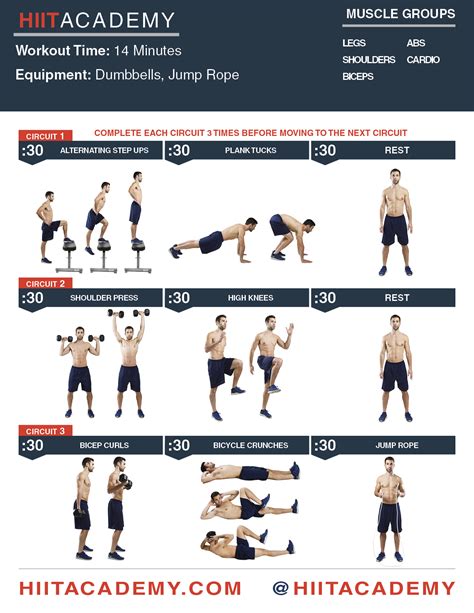How to break through strength plateaus for peak performance gains?

Every serious lifter encounters them: the dreaded strength plateaus. These are periods when your progress stalls, and despite your best efforts, you just can’t seem to lift more, perform more reps, or improve your overall strength. Hitting a plateau can be incredibly frustrating and demotivating, but it’s also a natural part of the strength building journey. The key is to understand why they happen and, more importantly, how to strategically break through them to continue making peak performance gains.
Understanding the Plateau Phenomenon
A strength plateau typically signals that your body has adapted to your current training stimulus. What once challenged your muscles no longer does, and without a new or varied stimulus, progress grinds to a halt. Common culprits include: insufficient progressive overload, inadequate recovery, nutritional deficiencies, chronic overtraining, or a lack of variety in your routine. Recognizing the underlying cause is the first step towards finding the solution.

Strategic Training Adjustments
Embrace Progressive Overload (Beyond Just More Weight)
Progressive overload is the fundamental principle for continuous strength gains, but it doesn’t always mean simply adding more weight. You can also progressively overload by:
- Increasing Reps or Sets: Performing more work at the same weight.
- Decreasing Rest Times: Making your workouts more metabolically demanding.
- Improving Form/Tempo: Executing lifts with stricter form or a slower eccentric phase.
- Increasing Frequency: Training a muscle group more often.
- Using More Challenging Variations: Switching to harder versions of an exercise (e.g., incline dumbbell press instead of flat barbell press).
Implement Periodization and Deload Weeks
Periodization involves systematically varying your training volume, intensity, and exercise selection over specific cycles. This prevents adaptation and ensures your body is constantly challenged in new ways. Equally important are deload weeks, typically once every 6-12 weeks, where you significantly reduce your training volume and/or intensity. Deloads allow your central nervous system and muscles to fully recover, repair, and come back stronger, often leading to a breakthrough in performance.

Optimizing Nutrition and Recovery
Fueling for Growth and Repair
Your diet is just as crucial as your training. To break a plateau, ensure you’re consuming enough calories, particularly from protein, to support muscle repair and growth. Aim for 1.6-2.2 grams of protein per kilogram of body weight. Don’t neglect complex carbohydrates for energy and healthy fats for hormonal balance. If you’re in a caloric deficit, gaining strength can be significantly harder; consider a slight surplus to push past your current limits.
Prioritizing Sleep and Active Recovery
Muscle growth and strength gains primarily occur outside the gym, when your body is recovering. Aim for 7-9 hours of quality sleep per night, as this is when growth hormone is released, and your body undertakes significant repair processes. Incorporate active recovery like light cardio, stretching, or foam rolling to improve blood flow, reduce muscle soreness, and accelerate recovery.

Mindset and Consistency
The Power of Patience and Persistence
Breaking a plateau isn’t an overnight fix; it requires patience and unwavering persistence. Stick with your chosen strategies for several weeks before evaluating their effectiveness. Track your progress meticulously – not just the weight on the bar, but reps, sets, rest times, and even how you feel during your workouts. This data can provide valuable insights into what’s working and what’s not.
Setting New, Realistic Goals
Sometimes, a plateau indicates it’s time to redefine your goals. Instead of fixating on a specific weight, perhaps focus on improving technique, increasing time under tension, or mastering a new exercise variation. Shifting your focus can often inadvertently lead to strength gains when you return to your original goals.

Advanced Techniques and Troubleshooting
If basic adjustments aren’t enough, consider incorporating advanced techniques like drop sets, supersets, rest-pause sets, or forced reps (with a spotter) to truly shock your muscles. Also, consider having a coach review your form; even subtle technical flaws can limit strength potential and lead to stagnation.

Conclusion
Strength plateaus are not roadblocks; they are signals that your body is ready for a new challenge. By systematically varying your training stimulus, optimizing your nutrition, prioritizing recovery, and maintaining a consistent, patient mindset, you can effectively break through these barriers. Embrace the challenge, implement these strategies, and watch your performance soar to new heights.








